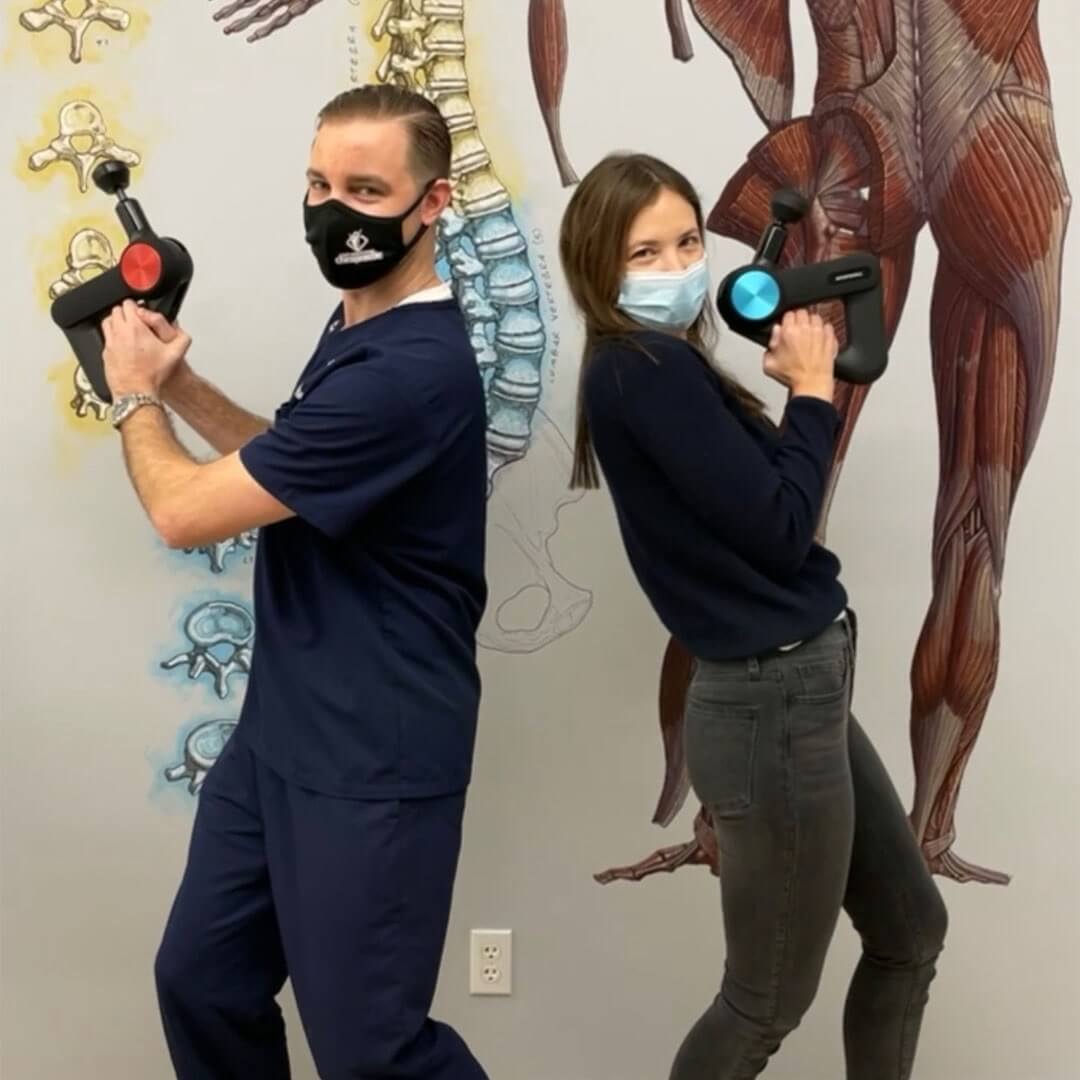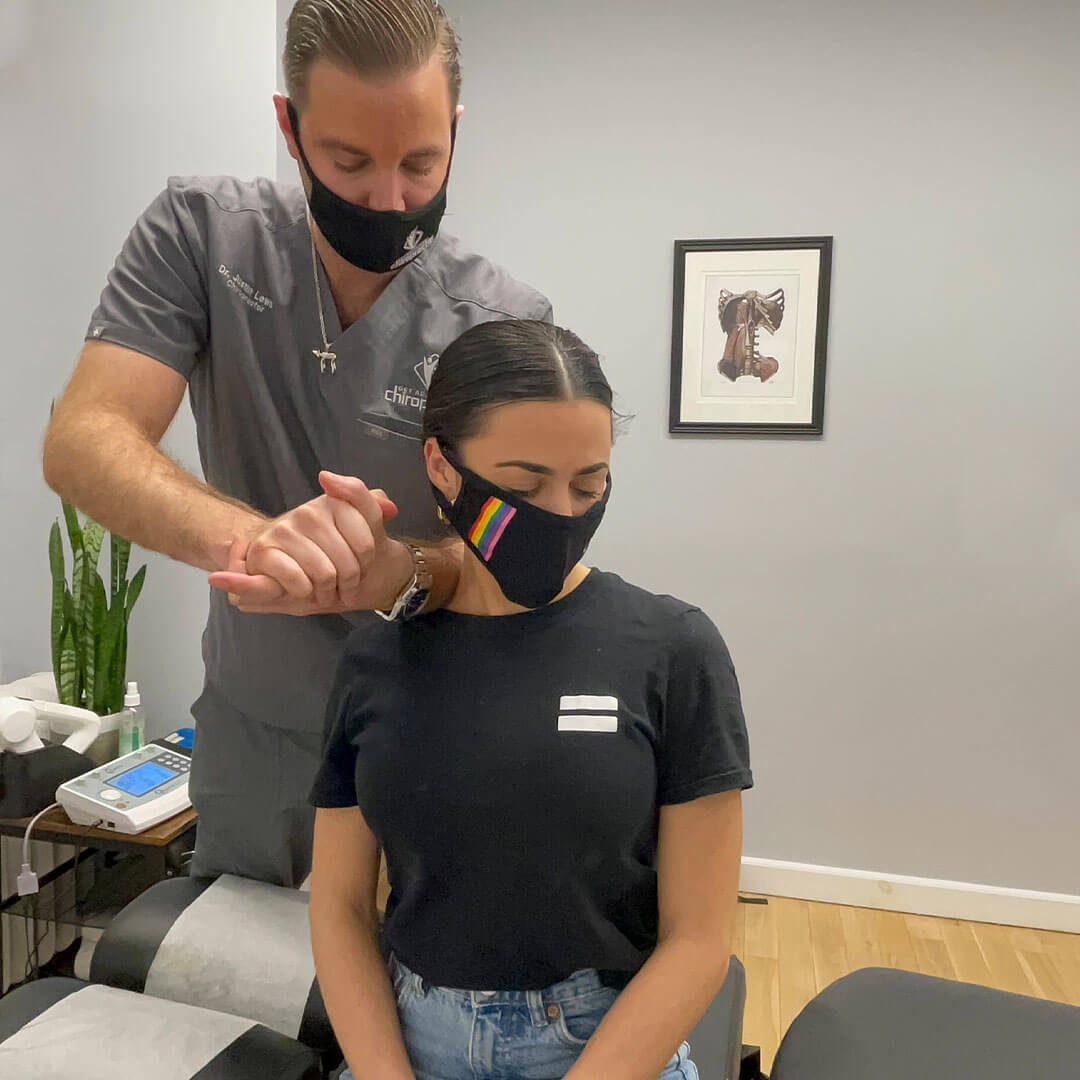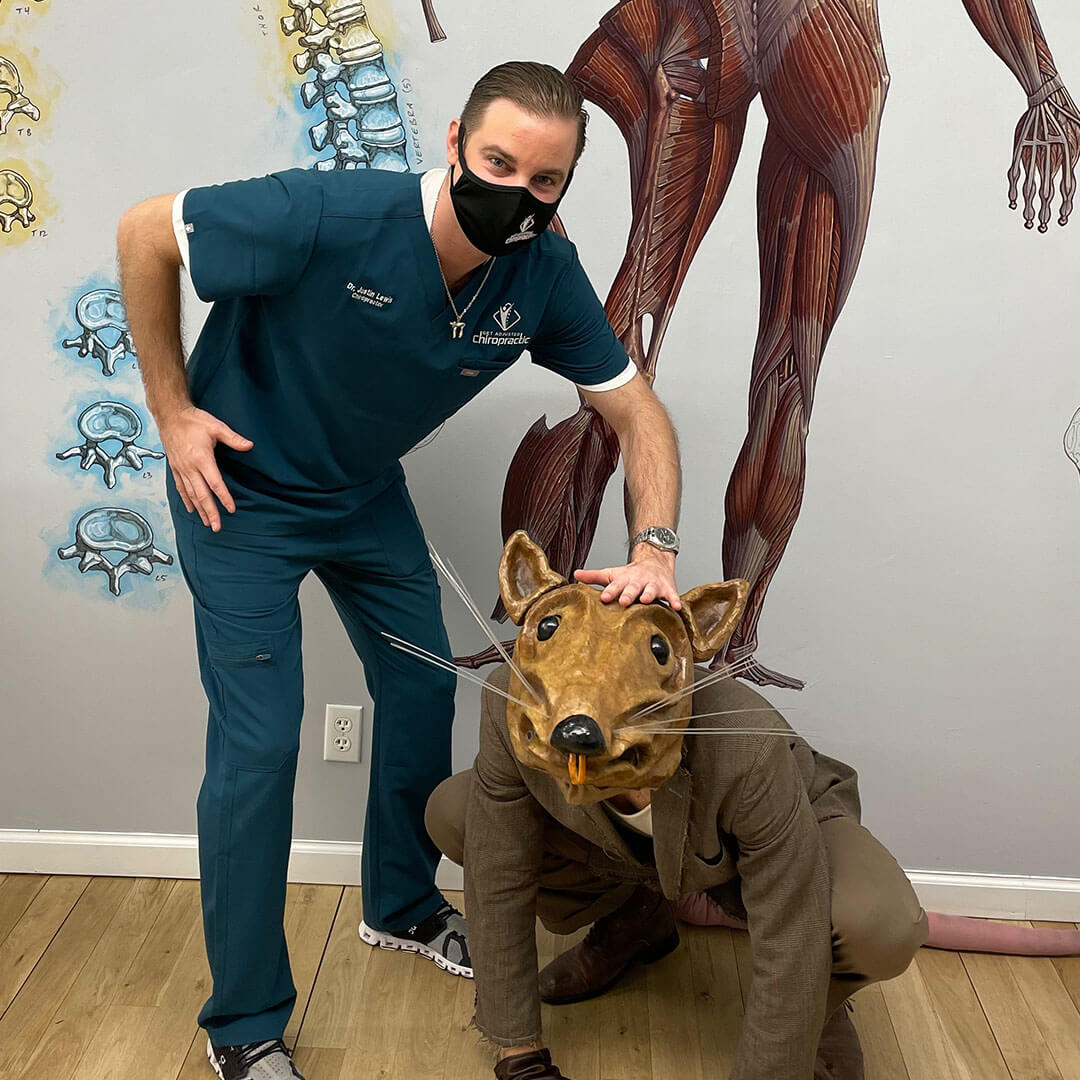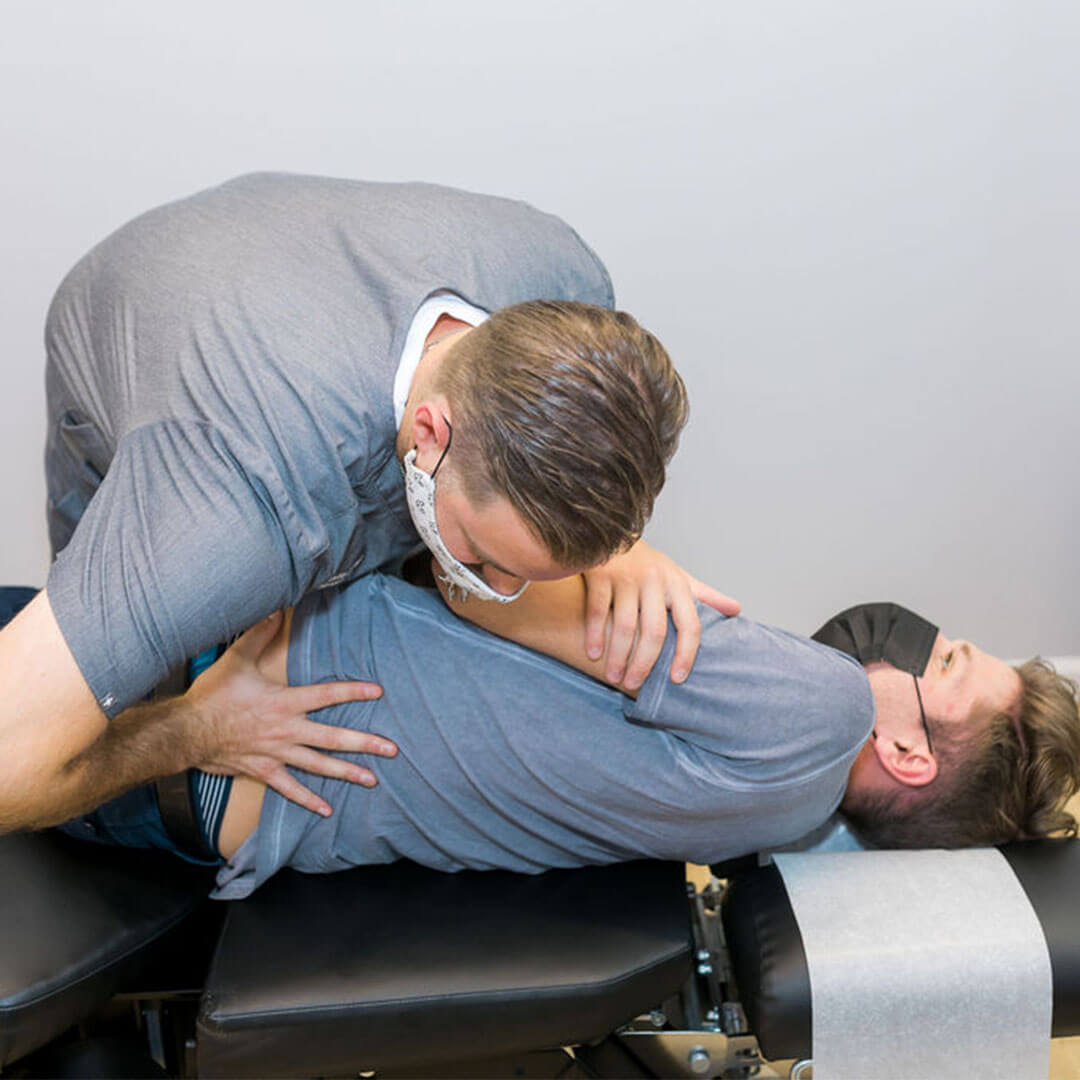Make A Splash!
Swimming is the perfect warm-weather activity — cool down, get a full-body workout, and enjoy the summer sunshine! Jumping headfirst into exercise this summer keeps your body active and on the go while maintaining your joint and muscle health.
Many people (including the team at Get Adjusted Chiropractic) love swimming, from visits to the ocean, lake, or pool all summer long. Swimming is a low-impact activity that works almost all of the body at once. Dr. Justin Lewis highly recommends swimming, especially for those who prefer to stay away from higher impact sports and exercise.
Dr. Justin Lewis has detailed some simple ways to prep your body for a summer in the water. Chiropractic care is imperative to a properly functioning body and can help us all be able to enjoy our favorite activities, like swimming!
Dr. Justin Lewis and our team spoke to Jae Woong Lee about his 8-year career in acupuncture medicine.
Get a Jump Start Like before any spot, it’s vital to stretch your joints and muscles before physical activity. For example, stretching before swimming can help your performance and decrease the risk of injury. Focus on your hip flexors, gluteal (buttock), and upper body and shoulders.
Hip flexors are the major muscles that help the bending motion at your leg, hips, and spine. These muscles set up your kick in a straight freestyle, breaststroke, or dolphin kick. Your gluteal (buttock) muscles are also important, as these assist at some level in all of your kicks. Upper body and shoulder stretches should be prioritized as well because shoulder injuries are so common with avid swimmers.
Similar to stretching, warming up is just as helpful when trying to avoid injury or increase your performance. Once you’re in the water, take a few laps at a very slow pace without placing too much pressure on your joints or muscles. This will help your body adjust to your workout without shocking your system.
Dive In with these Stretches
Hip Flexor Stretch
1. Drop down to one knee while the other knee is bent out in front of you with the ankle positioned out in front of that knee.
2. Tilt your pelvis posteriorly by tucking your tailbone under.
3. Then, lean forward into the knee in front of you, making sure that knee doesn’t go past your ankle.
Gluteal/Buttock Stretch
1. Take one leg, rest that ankle on the top of the other knee in a sitting position on a bench or chair near the pool.
2. Gently lean your chest forward until you feel a stretch in your buttocks.
3. Hold the stretch for 30 to 45 seconds for each side, stretching each buttock 2 to 3 times.
Shoulder Stretch
1. Hold a rolled towel a little wider than shoulder width apart out in front of you.
2. Slowly raise your hands up, moving above your head and then as far back behind your head as you can comfortably go.
3. Pause in this position for 30-45 seconds and slowly bring your arms back to the starting position.
Float On
Always be mindful of your body position and alignment as you do any exercise, including swimming. Your stroke path can easily affect your spinal and body alignment, so moving through full ranges of motion can help prevent this. If any pain arises or persists during or after your workout, make sure you take note of this and mention it to your doctor. Vary your stroke style or intensity to avoid straining any tired or injured muscles.
Dry Off
Just like a warm off, a cool down can help protect your joints and muscles! Make sure you are stretching the same muscles you focused on during your pre-workout. A few less intense laps at the end of your workout can also ease the body down from your workout. Avoid abruptly stopping your workout — a cool down period lets your muscles acclimate and your body’s physiological processes will slow down as well.
“Cooldowns are essential when it comes to muscle recovery,” explains Dr. Justin Lewis. “If you don’t put in the time to relax a muscle after it has been used intensely, you’re exposing the muscle to high risk potential for strain and injury.”
Cannonball Into Chiropractic Care
Regular chiropractic adjustments can do wonders for you and your swimming routines. Regular adjustments support optimal nervous system functioning, so you can perform at top capacity in and out of the water. “Swimming is the best possible exercise that you can do for your body and works so well with chiropractic care,” states Dr. Justin Lewis. “It uses muscles that you don’t use on a regular basis, its non-weight bearing which doesn’t overexpose the joints to added pressure.”
Working with your chiropractor as you introduce new forms of exercise can help your doctor focus on the most used areas of your body that might be under additional stress. These regular chiropractic adjustments maintain and increase the proper joint range of motion for your spine and the muscles attached to it, all of which are used to swim. Chiropractors can also manipulate extremity joints such as shoulders, elbows, wrists, hips, knees and ankles. Injuries are inevitable, even when you do your best to prevent them. If you are to get hurt while swimming, chiropractic adjustments can increase your body’s ability to heal quicker with greater efficiency.
“Swimming really allows for an additional range of motions with support from the water through the end range,” says Dr. Justin Lewis. “You should swim as often as possible — swimming is one of the few workouts that will strengthen all parts of the body, not just one muscle group.”
Now it's your turn to make a splash. Book an appointment online today or call our office at 845-809-8300 to schedule a visit with Dr. Justin Lewis.



